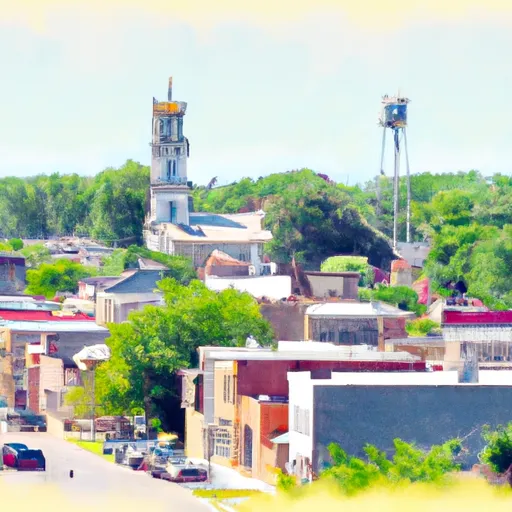°F
°F
mph
Windspeed
%
Humidity











Floris is a small town located in southern Iowa. The climate of Floris is typically characterized by hot summers and cold winters, with an average temperature of 53 degrees Fahrenheit. The town lies in the Fox River watershed, which is a part of the Mississippi River basin. The hydrology constituents of the town are largely influenced by the river, with occasional flooding occurring during periods of heavy rainfall. Outdoor recreation opportunities in Floris are abundant and include fishing, hiking, and camping in the nearby parks and wildlife areas. The local community also hosts various events throughout the year that provide residents and visitors with opportunities to enjoy the town's natural beauty and recreational activities.
Weather Forecast
Floris receives approximately 965mm of rain per year, with humidity levels near 84% and air temperatures averaging around 11°C. Floris has a plant hardyness factor of 5, meaning plants and agriculture in this region thrive during a short period during spring and early summer. Most plants will die off during the colder winter months.
Regional Streamflow Levels
293
Cubic Feet Per Second
34
Cubic Feet Per Second
386
Cubic Feet Per Second
528
Cubic Feet Per Second
Nearby Camping
| Camping Area | Reservations | Toilets | Showers |
|---|---|---|---|
| Gunner Pool | |||
| Jordan - Norfolk Lake | |||
| Quarry Cove - Norfolk Lake | |||
| Barkshed | |||
| Woods Point - Norfolk Lake | |||
| Henderson - Norfolk Lake |



